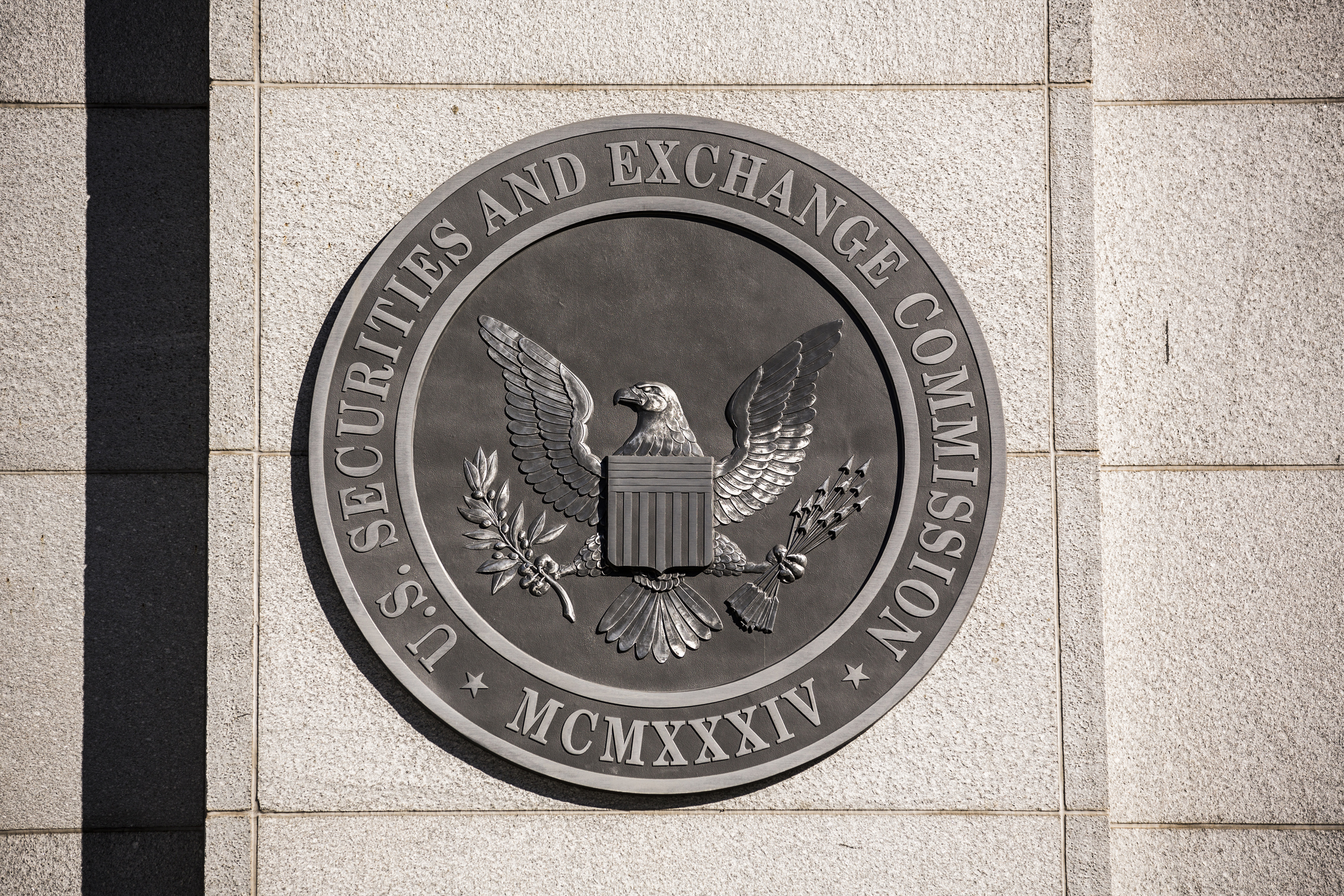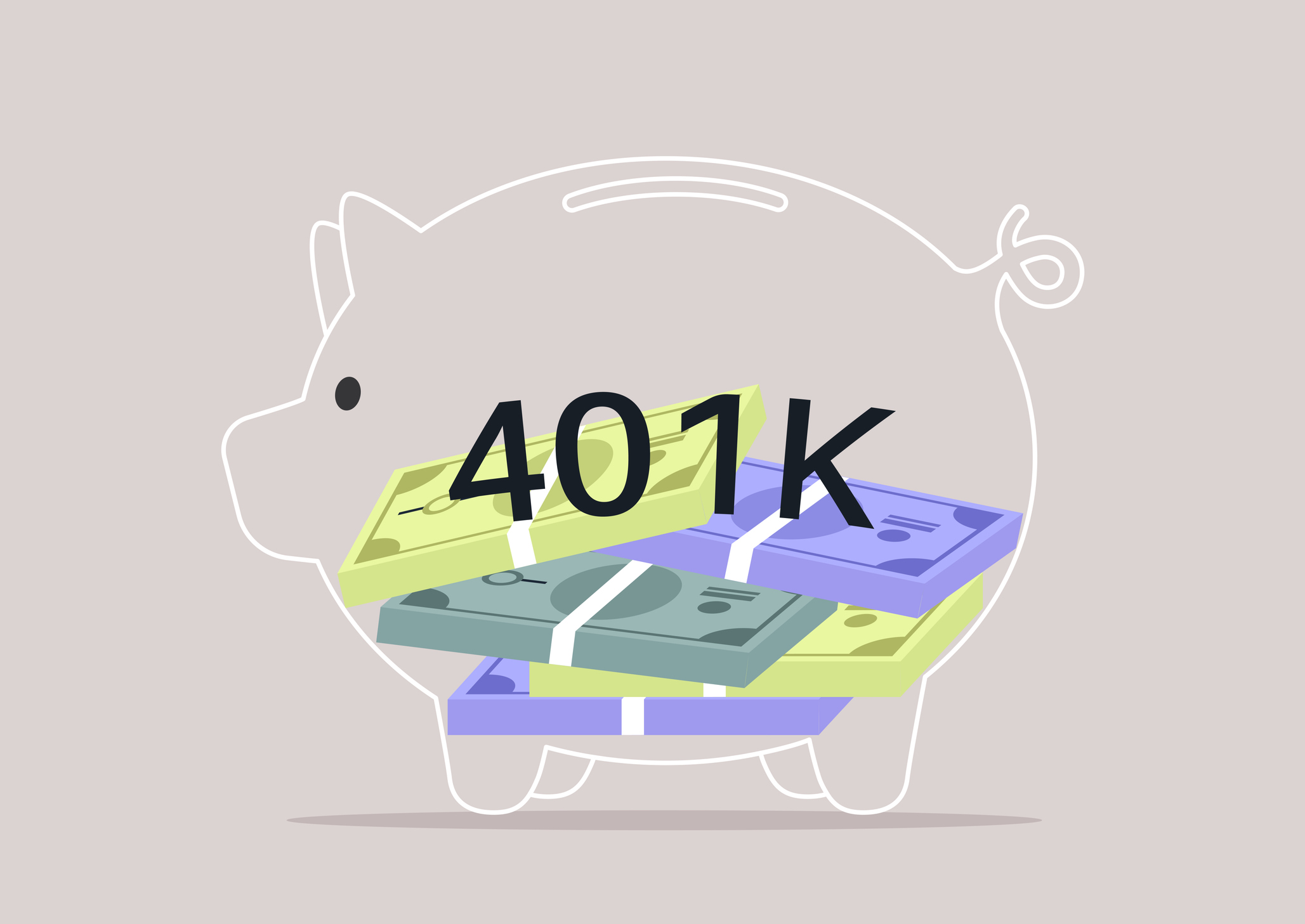ETFs With Hands-On Managers
These exchange-traded funds do more than track indexes.
It sounds like a contradiction: exchange-traded funds that buy and sell investments picked by managers instead of tracking an index. But more than two dozen actively managed ETFs are now available, and that's just the beginning.
Firms large and small are getting on the bandwagon. Well-known ETF sponsors, such as iShares, PowerShares and WisdomTree, offer actively managed ETFs. Bond behemoth Pimco has three active bond ETFs, with more in the works. Prominent mutual fund companies, including John Hancock, Legg Mason and T. Rowe Price, have registered with regulators to develop such funds, holding open the possibility that some of the best and brightest minds in the fund industry may one day be picking stocks and bonds for ETFs.
For now, though, cash isn't rushing in. As of June 1, 25 active ETFs held about $2.4 billion, about 0.3% of the $792 billion held in all ETFs. Bond and currency active ETFs, offered by Pimco and WisdomTree, respectively, are the largest active ETFs by asset size.
From just $107.88 $24.99 for Kiplinger Personal Finance
Become a smarter, better informed investor. Subscribe from just $107.88 $24.99, plus get up to 4 Special Issues

Sign up for Kiplinger’s Free Newsletters
Profit and prosper with the best of expert advice on investing, taxes, retirement, personal finance and more - straight to your e-mail.
Profit and prosper with the best of expert advice - straight to your e-mail.
Regulatory hurdles could slow the rollout of more active ETFs. The Securities and Exchange Commission is reviewing new and pending applications for ETFs that use derivatives (investments whose results depend on the performance of other investments). AdvisorShares and Claymore Securities have already amended their filings to scrap the use of derivatives in active ETFs they plan to start. Still, Larry Petrone, director of research at Financial Research Corp., expects at least ten more active ETFs to launch this year, with funds investing in bonds, currencies and emerging-markets stocks likely to attract the most attention.
Hard to judge. Four funds from PowerShares that were launched in April 2008 have the longest records among actively managed ETFs. Active AlphaQ (symbol PQY), the best-performing of the three stock-oriented PowerShares active ETFs, lost an annualized 3.8% from inception through June 4, compared with an annualized loss of 8.1% for Standard & Poor's 500-stock index. But that's not enough time to judge whether the strategies employed by this or any other ETF can consistently top their benchmarks.
Like acrobats in Cirque du Soleil, active ETFs perform a difficult balancing act. All ETFs, including active ones, allow investors to redeem their shares in return for the assets ETFs hold. That mechanism is designed to prevent ETFs from trading at a premium or discount to their net asset values. Nevertheless, many active ETFs trade at a price noticeably different from their NAV. For example, the share price of RP Growth (RPX), an active ETF that invests in stocks of growing companies, regularly trades at a 1% premium to the value of the ETF's holdings. Discounts and premiums usually develop when an ETF hasn't attracted enough investors to trade away the discrepancies between the fund's share price and its holdings.
Discounts and premiums aren't the only issues to consider when buying active ETFs. Thinly traded active ETFs have wide spreads, which is the difference between the price to buy the fund and the price to sell it. The spreads, plus the brokerage commissions you pay, can add considerably to the cost of investing in active ETFs compared with investing in regular mutual funds.
Fees for active ETFs also vary dramatically. Dent Tactical (DENT), an active ETF that holds other ETFs and is run by managers who trade frequently, charges 1.56% in annual fees. By contrast, Pimco Enhanced Short Maturity Strategy (MINT) boasts a 0.35% expense ratio, which is only slightly higher than the average expense ratio of 0.23% for ETFs that concentrate on short-term U.S. bonds.
Actively managed ETFs have yet to prove their worth. However, we'd certainly be willing to consider them if some top-notch managers, such as those who run funds in the Kiplinger 25, get involved.
Three ways active ETFs could take off
1) Star managers are put in charge of ETFs. Imagine if Legg Mason created an ETF run by Bill Miller.
2) The first batch of actively managed ETFs puts up sparkling three-year results. That means good Morningstar ratings, which in turn attract more assets.
3) Regulators are quicker to give ETFs the green light. Delays in gaining approval from the Securities and Exchange Commission have slowed the development of active ETFs.
Profit and prosper with the best of Kiplinger's advice on investing, taxes, retirement, personal finance and much more. Delivered daily. Enter your email in the box and click Sign Me Up.
-
 The SEC Is Concerned for Older Investors and Retirement Savers. Here's What You Should Know
The SEC Is Concerned for Older Investors and Retirement Savers. Here's What You Should KnowThe SEC focusing on older investors, retirement and college savers, and private securities. Here's how those changes impact you.
-
 Vesting, Catch-Ups and Roths: The 401(k) Knowledge Quiz
Vesting, Catch-Ups and Roths: The 401(k) Knowledge QuizQuiz Test your understanding of key 401(k) concepts with our quick quiz.
-
 Why You Should Pay Attention to Company Guidance
Why You Should Pay Attention to Company GuidanceUnderstanding how corporate profit forecasts affect analysts’ estimates and stock ratings can help you make investment decisions.
-
 Best Banks for High-Net-Worth Clients
Best Banks for High-Net-Worth Clientswealth management These banks welcome customers who keep high balances in deposit and investment accounts, showering them with fee breaks and access to financial-planning services.
-
 Stock Market Holidays in 2025 and 2026: NYSE, NASDAQ and Wall Street Holidays
Stock Market Holidays in 2025 and 2026: NYSE, NASDAQ and Wall Street HolidaysMarkets When are the stock market holidays? Here, we look at which days the NYSE, Nasdaq and bond markets are off in 2025 and 2026.
-
 Stock Market Trading Hours: What Time Is the Stock Market Open Today?
Stock Market Trading Hours: What Time Is the Stock Market Open Today?Markets When does the market open? While the stock market has regular hours, trading doesn't necessarily stop when the major exchanges close.
-
 Bogleheads Stay the Course
Bogleheads Stay the CourseBears and market volatility don’t scare these die-hard Vanguard investors.
-
 The Current I-Bond Rate Is Mildly Attractive. Here's Why.
The Current I-Bond Rate Is Mildly Attractive. Here's Why.Investing for Income The current I-bond rate is active until April 2026 and presents an attractive value, if not as attractive as in the recent past.
-
 What Are I-Bonds? Inflation Made Them Popular. What Now?
What Are I-Bonds? Inflation Made Them Popular. What Now?savings bonds Inflation has made Series I savings bonds, known as I-bonds, enormously popular with risk-averse investors. How do they work?
-
 This New Sustainable ETF’s Pitch? Give Back Profits.
This New Sustainable ETF’s Pitch? Give Back Profits.investing Newday’s ETF partners with UNICEF and other groups.
-
 As the Market Falls, New Retirees Need a Plan
As the Market Falls, New Retirees Need a Planretirement If you’re in the early stages of your retirement, you’re likely in a rough spot watching your portfolio shrink. We have some strategies to make the best of things.